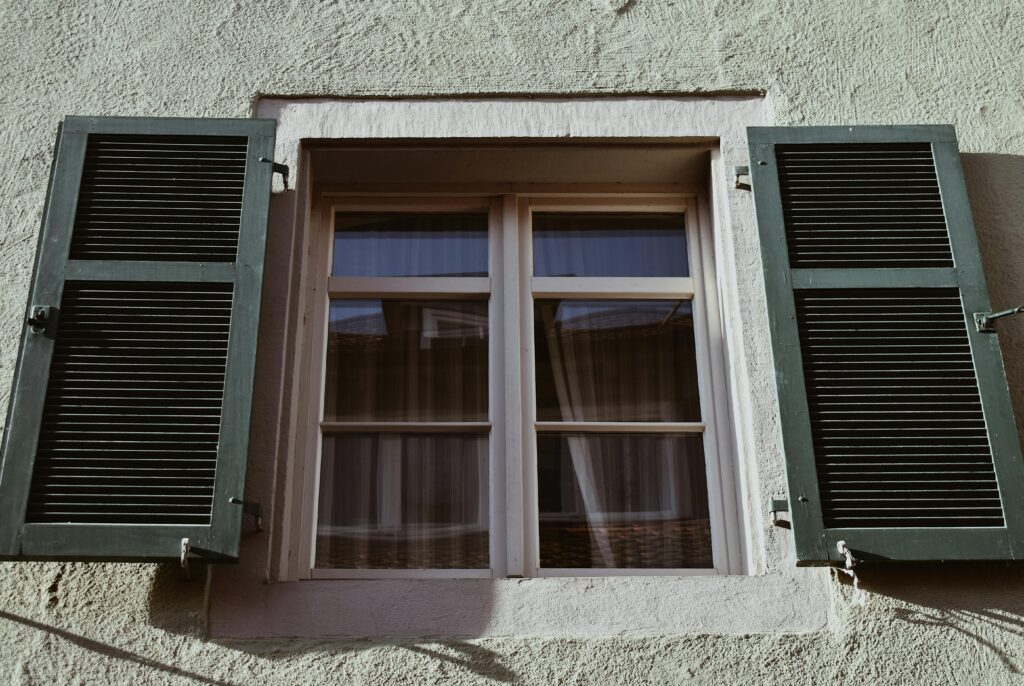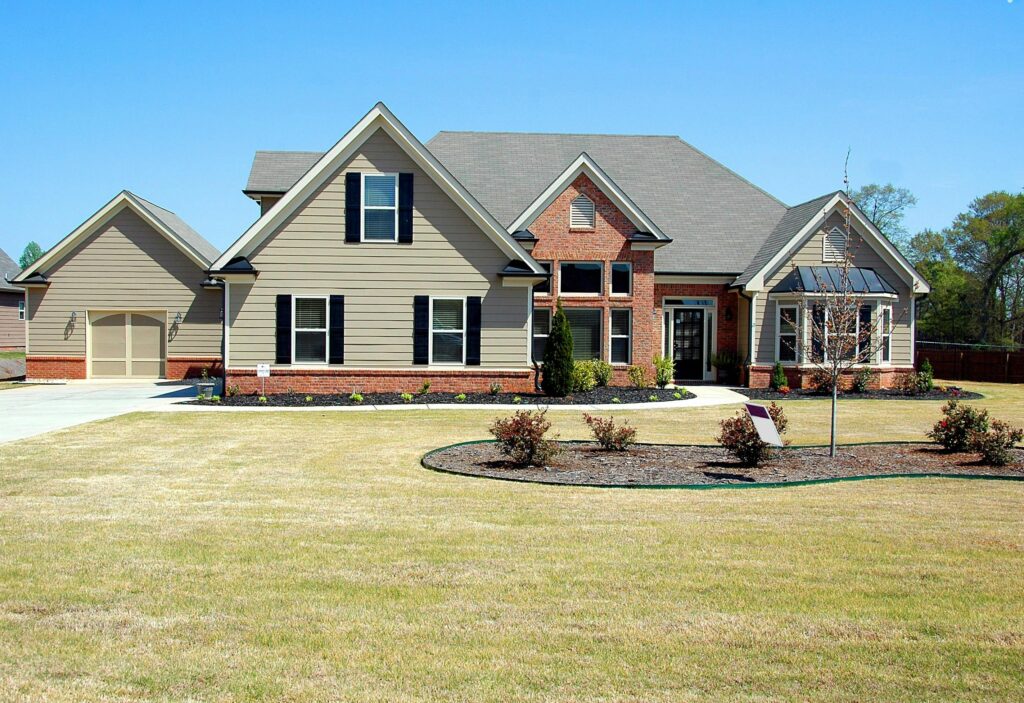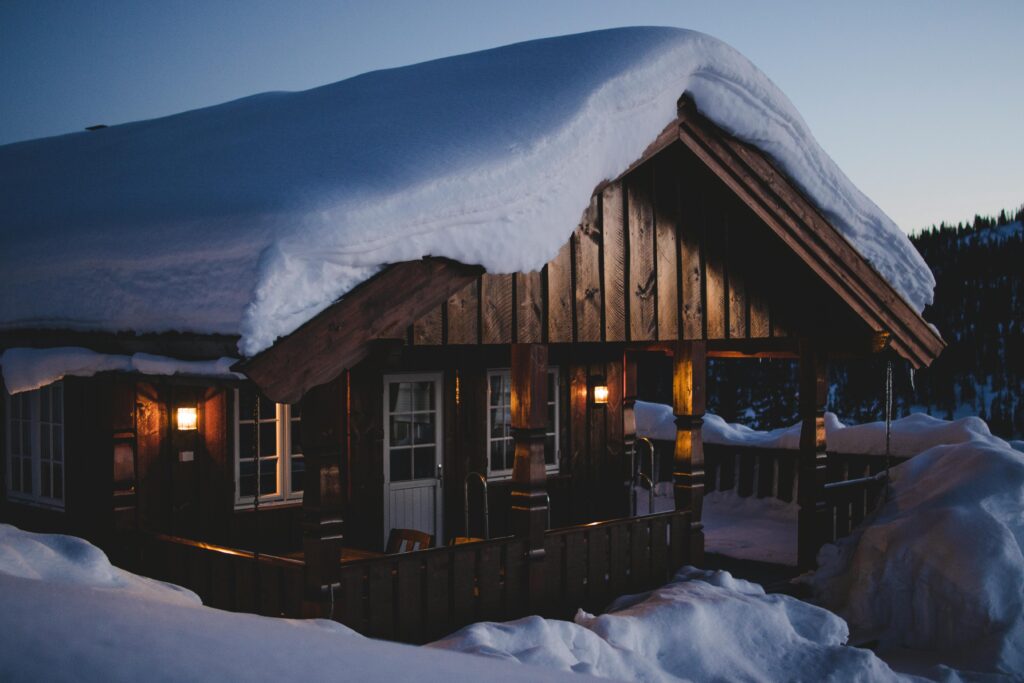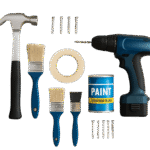
A Complete Guide:
When you live in the United States, your home experiences extreme temperature swings. Summers can be blazing hot in states like Arizona or Texas, while winters can be brutally cold in places like Minnesota or New York. The type of windows you choose for your home makes a huge difference in comfort, energy bills, and even long-term home value.
So, which windows are the best for hot and cold climates in the US? Let’s break it down in detail.
Why Windows Matter in Extreme Climates:
Windows aren’t just about looks. They are a major factor in energy efficiency. According to the U.S. Department of Energy, nearly 30% of residential heating and cooling energy use comes from windows.
In hot climates, the wrong windows can trap heat inside, making your AC work harder.
In cold climates, poor-quality windows allow warm air to escape, increasing heating costs.
Good windows act like a shield, balancing insulation, light, and airflow.
Key Features of Climate-Friendly Windows:
Before jumping into window types, let’s first look at what features really matter:
- Low-E Glass (Low Emissivity)
- Reflects heat in summer, keeps warmth inside in winter.
- Reduces UV rays that fade furniture.
2. Double or Triple Glazing
- Two or three layers of glass with insulating gas in between (like argon or krypton).
- Provides extra insulation and noise reduction.
3. Frame Material
- Vinyl → Affordable, low maintenance.
- Fiberglass → Strong and energy efficient.
- Wood → Great insulation but needs maintenance.
- Aluminum → Durable but conducts heat easily (not ideal for extreme climates).
4. Gas Fills
- Argon/Krypton gas between panes reduces heat transfer.
5. Energy Star Rating
- Always look for Energy Star-certified windows; they are tested for efficiency.

Best Windows for Hot Climates (Southern & Southwestern US)
If you live in states like Arizona, Nevada, Florida, or Texas, your main enemy is heat. You need windows that block solar heat but still allow natural light.
Recommended Types:
- Low-E coated windows → block infrared heat.
- Tinted glass windows → reduce glare & solar gain.
- Double-pane with argon gas → insulates against outside heat.
Frame tip: Vinyl and fiberglass are better than aluminum for hot states, as they don’t conduct heat.

Best Windows for Cold Climates (Northern & Midwestern US)
If you live in Minnesota, Michigan, New York, or Illinois, your biggest challenge is keeping heat inside during freezing winters.
Recommended Types:
- Triple-pane windows with Low-E glass → best for insulation.
- Wood or fiberglass frames → reduce heat loss.
- Gas-filled windows (argon or krypton) → add thermal protection.
Frame tip: Wood is excellent but requires maintenance; fiberglass is a strong alternative.
Best Windows for Mixed Climates (Hot Summers + Cold Winters)
For states like Colorado, Kansas, Virginia, or Pennsylvania, where you get both extremes, you need all-weather windows.
Recommended Types:
- Double-pane with Low-E coating (year-round efficiency).
- Fiberglass or composite frames (handle seasonal changes).
- Windows with thermal breaks (reduce heat transfer in both directions).
Comparison Table: Windows for Hot vs Cold Climates
| Feature / Type | Best for Hot Climates (South/West) | Best for Cold Climates (North/Midwest) |
|---|---|---|
| Glass Type | Double-pane, Low-E, tinted | Triple-pane, Low-E, clear |
| Frame Material | Vinyl or Fiberglass | Wood or Fiberglass |
| Gas Fill | Argon | Argon or Krypton |
| UV Protection | High priority | Moderate |
| Cost | $300–$700 per window | $600–$1200 per window |
| Lifespan | 20–25 years | 25–30 years |
| Energy Star Requirement | Yes | Yes |
Popular Window Brands in the US:
Some trusted brands that offer climate-optimized windows:
- Andersen Windows
- Pella
- Milgard
- JELD-WEN
- Marvin
FAQs – Windows for Hot & Cold US Climates:
Q1: Are triple-pane windows worth the extra cost?
A: Yes, especially in northern states. They can cut energy bills by 20–30% compared to single-pane or older double-pane windows.
Q2: Should I choose tinted windows for cold climates?
A: No. Tints block solar heat, which you actually want in winter. Go with clear Low-E glass instead.
Q3: How long do energy-efficient windows last?
A: On average, 20–30 years with proper installation and maintenance.
Q4: Can the same window work for both climates?
A: Yes, double-pane Low-E windows with fiberglass frames are versatile and work across most mixed climates.
Q5: What’s the ROI (return on investment) for replacing windows?
A: According to Remodeling Magazine, homeowners can recoup up to 70% of costs when reselling their home.
Final Thoughts:
Choosing the best windows for hot and cold US climates isn’t just about comfort — it’s about saving money long term. With the right choice, you can lower your energy bills, increase home value, and enjoy year-round comfort.
Conclusion:
The best windows are the ones that balance comfort, cost, and climate. Choose Energy Star-certified windows, and you’ll never regret the investment.
Actionable Tip:
Before buying, request a free energy audit from your local utility company. They’ll often tell you which window type will give you the best savings.
Content Source:
U.S. Department of Energy, Energy Star, Remodeling Magazine reports.
Social Media Reference:
Follow window installation experts on YouTube/Instagram for real-life before-and-after results.
Blogs Reference Theory:
Many US home improvement blogs highlight that frame material + glass type together make the biggest difference.
Posts Reference:
This topic is often discussed in Reddit home-improvement forums; users share their utility bill savings after upgrades.
Popular Posts:
Useful Links:
Disclaimer:
This article is for informational purposes only. Always consult a licensed contractor before making purchase decisions.
Contact Info:
Have questions? Reach out via the contact form on our website.

Comments are closed.